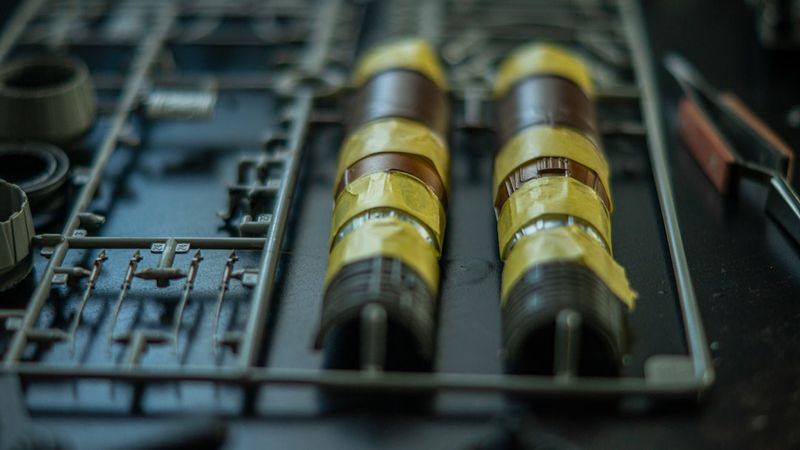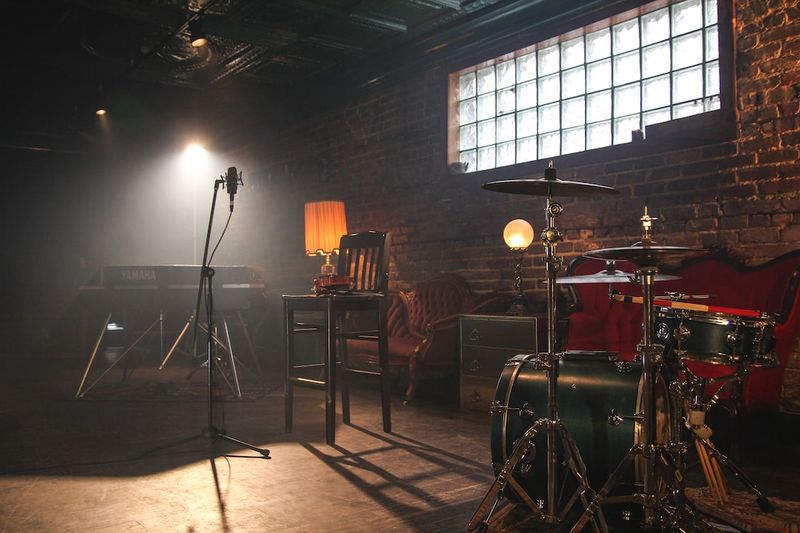The Face of Bonnie Prince Charlie Resurrected Through Death Masks
A Captivating Historical Figure
The face of Bonnie Prince Charlie, the Scottish prince who led the unsuccessful Jacobite rising of 1745, has been recreated using death masks. Known for his good looks and romantically depicted in popular culture, the prince has garnered renewed interest through the TV show Outlander. Now, thanks to the efforts of a team at the University of Dundee’s Centre for Anatomy and Human Identification, the most lifelike replica of his face has been produced, offering a glimpse into how he may have appeared during the uprising.
The Process of Recreation
The researchers photographed and mapped the death masks of Bonnie Prince Charlie, enabling them to create 3D models using state-of-the-art software. These models were then used to de-age the prince and produce an image of him at the peak of his youth. The replica shows him with blond ringlets, wearing a white shirt, and with blotchy patches on his skin, capturing the visual details of the time period. The death masks, some of which are stored in private collections, provided valuable access to the prince’s facial features.
A Student’s Initiative
Barbora Veselá, a master’s student who initiated the project, was inspired by previous reconstructions of historical figures and wanted to approach the process differently. She aimed to recreate an image of Bonnie Prince Charlie during the Jacobite rising, taking into account the accessible death masks and his physical condition at the time. Veselá’s interest was further piqued by the knowledge that the prince had suffered a stroke before his death, making the process of age regression even more intriguing.
A Historical Context
At the age of 24, Bonnie Prince Charlie sought to restore his father, James Francis Edward Stuart, to the British throne. Despite some initial triumphs in battle, his army was ultimately defeated by government forces at the Battle of Culloden in April 1746. Following his defeat, the prince spent the next five months as a fugitive before seeking refuge in France, where he would spend the rest of his life. His efforts during the uprising have since become one of the most romanticized periods in Scottish history.
Philosophical Discussion: The Significance of Recreation
Recreating historical figures through death masks not only brings the past to life but also provides insight into their humanity. The process allows us to connect with individuals who have long existed in our collective consciousness as legends or symbols. By demystifying their appearances and revealing their physical features, we can better understand them as people who lived, loved, and faced the same struggles as we do today.
While beauty may be subjective, the recreation of Bonnie Prince Charlie’s face through death masks offers a subjective interpretation that encourages viewers to engage with him on a personal level. By studying his distinctive features, such as his nose and eyes, we can begin to humanize him and move beyond the realm of legend.
Editorial: Bonnie Prince Charlie as More Than a Legend
The resurrection of Bonnie Prince Charlie’s likeness through death masks is a significant contribution to historical understanding and appreciation. The visual representation of his youthful appearance during the Jacobite rising provides a tangible connection to the era and the events that unfolded.
By showcasing this recreation as part of the University of Dundee’s annual master’s show, the institution highlights the importance of preserving and presenting historical figures in a multidisciplinary educational context. By examining the masks and utilizing cutting-edge technology, the researchers have not only enriched our understanding of the prince but also demonstrated the potential of collaborations between different fields of study.
Advice: Personalizing Historical Figures
Recreating the faces of historical figures through death masks creates a valuable opportunity for individuals to engage with the past on a personal level. As members of society, it is crucial to delve beyond the surface images of legends and explore the depth of their experiences. By humanizing these figures, we can foster a deeper appreciation and understanding of the events and people who have shaped our world.
Efforts to recreate and analyze death masks are not limited to academic institutions. Every individual can take part in uncovering historical truths by exploring exhibitions, books, and documentaries that shed light on the lives of notable figures. By doing so, we can connect to the past and develop a more comprehensive perspective on our shared humanity.

<< photo by Matias Luge >>
The image is for illustrative purposes only and does not depict the actual situation.
You might want to read !
- Bonnie Prince Charlie: Unveiling the Face of the Jacobite Rising through Forensic Reconstruction
- Editorial Exploration: The importance of Shankland to Hearts’ success and the consequences of losing him
Title: The Indispensable Shankland: Why Hearts’ Can’t Afford to Lose Their Talisman
- Exploring the Showdown: Live Updates of the Hearts vs Rosenborg Match
- Theo Walcott: Exploring the Legacy of an Arsenal and England Legend
- Fighting for the Stars: Jermell Charlo’s Ambitious Quest to Challenge Canelo Alvarez
- The Great Cubes: Unraveling the Top 40 Futurama Episodes
- A Deep Dive into the Intriguing Debut of Secret Invasion: Ave Maria
- Unveiling the Enigma: Decoding Idris Elba’s Shadowy Superior in Extraction 2




